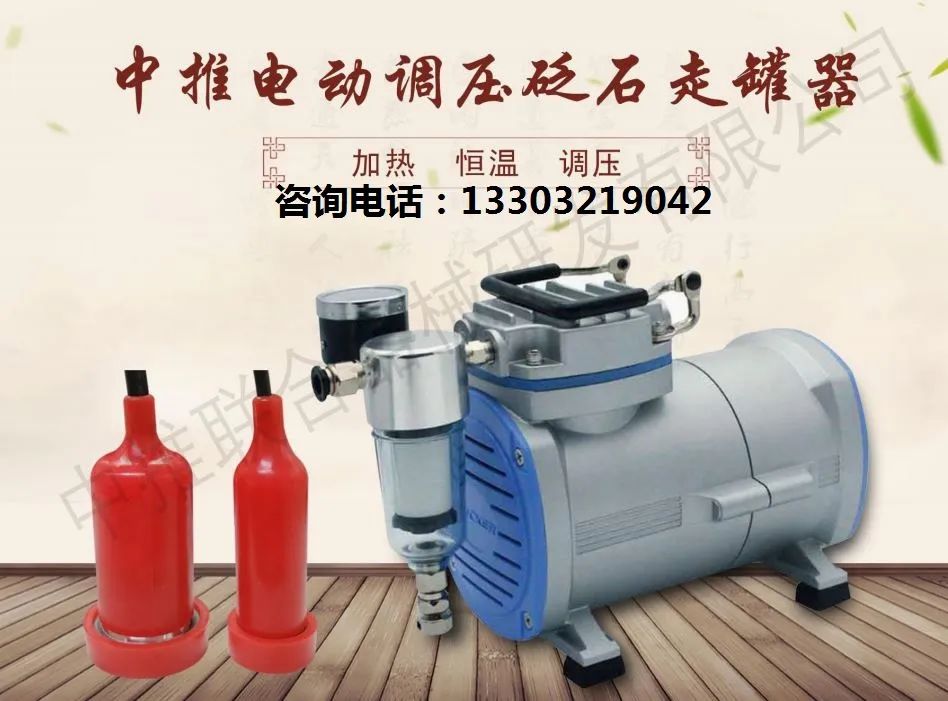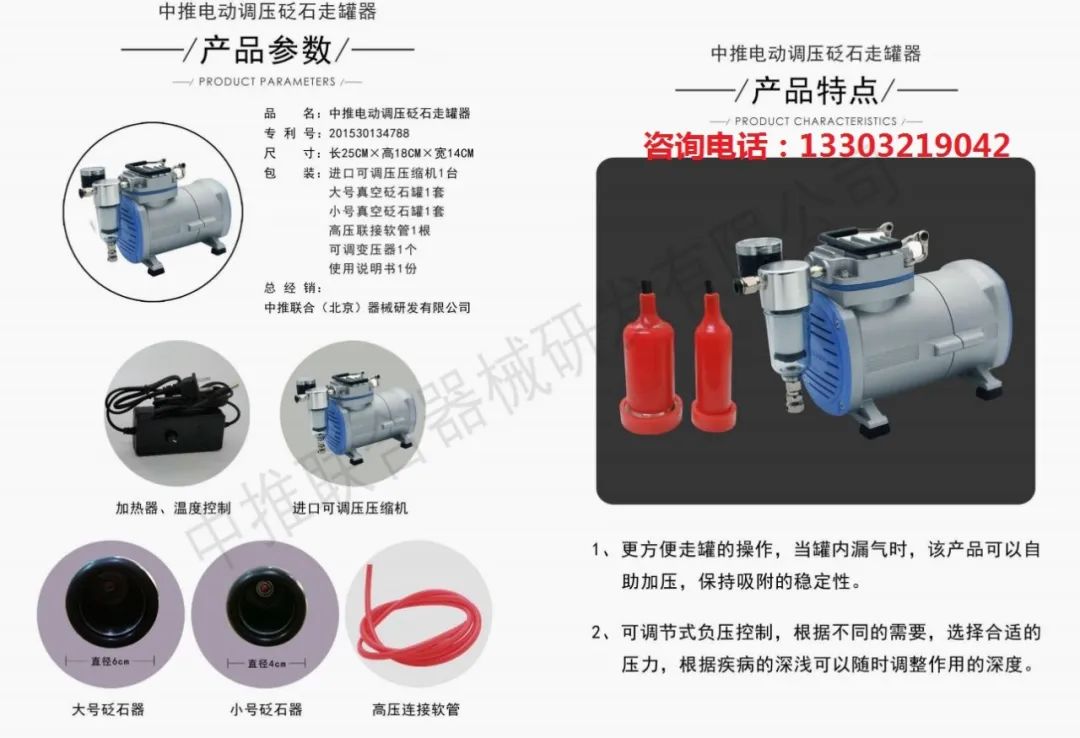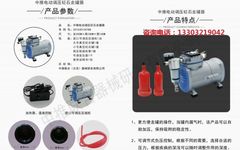Cupping therapy is generally divided into two types: local cupping and meridian cupping. What specific effects does it have? What are the operational techniques?

Cupping therapy uses cups as tools, applying an appropriate amount of lubricant to the rim of the cup and the affected area. By using heat to expel the air inside, a negative pressure is created, causing the cup to adhere to the skin. The practitioner then moves the cup back and forth over the affected area, resulting in skin redness or blood stasis, which helps prevent and treat diseases.
This therapy has developed from ancient cupping methods and is a form of cupping therapy, also known as sliding cupping therapy, which is widely used in modern practice. This technique applies a greater force and area compared to gua sha therapy, and they share similarities. Before performing cupping, a “gua sha cupping lubricant” should be applied to the area to prevent skin damage and pain. Generally, cupping on the back should move up and down, while on the chest, it should follow the direction of the ribs. For the limbs and abdomen, a rotational movement (either clockwise or counterclockwise) is recommended. This method is widely applicable for conditions such as lower back pain, shoulder periarthritis, sciatica, colds, fevers, hypertension, bronchitis, asthma, chronic gastroenteritis, and acne, and it has shown excellent results. Cupping therapy is generally divided into local cupping and meridian cupping. 1. Local cupping: Focuses on the affected area, performing small range movements up, down, left, and right. For example, in shoulder periarthritis, slow clockwise and counterclockwise movements can be performed on the shoulder.

2. Meridian cupping: Focuses on the meridians related to the affected area, performing larger range cupping treatments. For example, for lumbar muscle strain, cupping can be performed along the governing vessel and bladder meridians with up and down movements. Common cupping methods include the following three types. The operational method involves first applying a layer of petroleum jelly or other lubricants to the skin or the rim of the cup, then placing the cup. The practitioner holds the bottom of the cup with the right hand, tilting it slightly, applying pressure to the back half of the cup while lifting the front half slightly, moving in up, down, left, and right directions, or in clockwise and counterclockwise motions, until the skin at the cupping site becomes red, congested, or shows signs of bruising, at which point the cup is removed. 1. Shallow suction fast movement method allows the skin to adhere to the cup by 3-5mm, with a movement speed of about 30-50cm per second, aiming for slight redness of the skin. This method is suitable for the elderly, children, and those with superficial conditions such as peripheral neuritis or mild colds. 2. Deep suction fast movement method allows the skin to adhere to the cup by 5-8mm, with a movement speed of about 15-30cm per second, aiming for a purplish-red appearance of the skin. This method is suitable for various conditions related to blocked meridians and dysfunction of internal organs. The common application site is along the bladder meridian on the back, specifically at the back shu points. 3. Deep suction slow movement method allows the skin to adhere to the cup by 8-12mm, with a movement speed of about 3-5cm per second, aiming for a purplish-black appearance of the skin. This method is suitable for conditions caused by prolonged cold exposure, stagnation of qi and blood in the meridians, and malnourishment of muscles and tendons.

